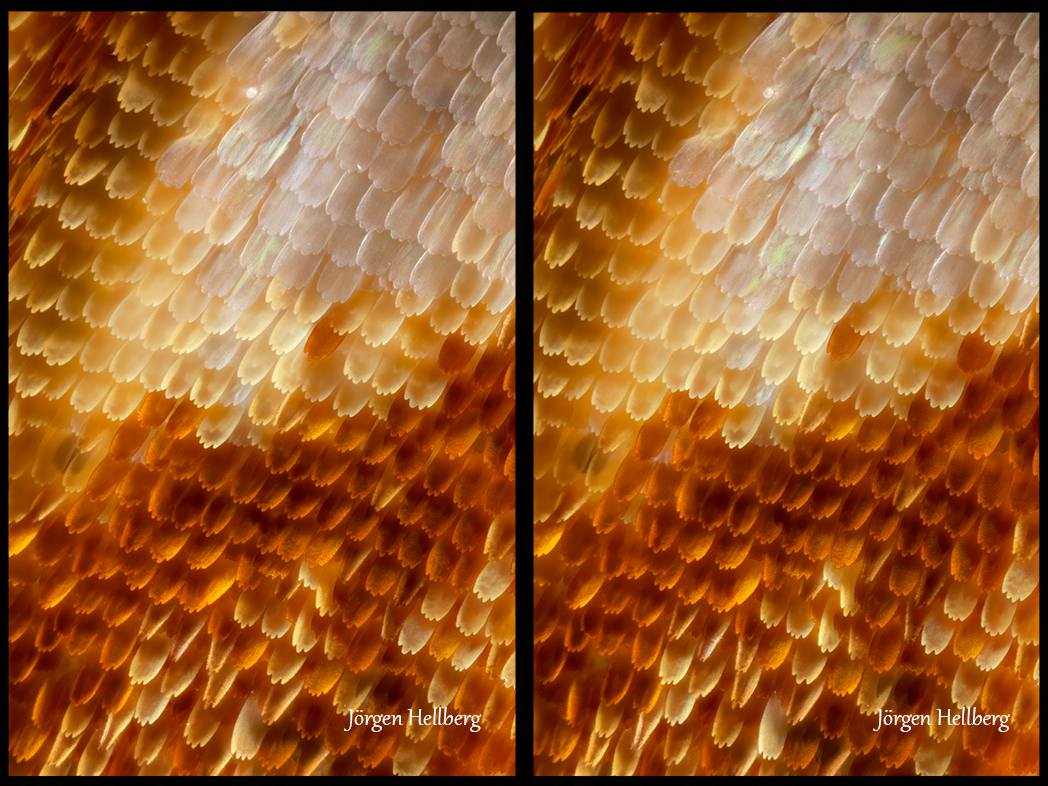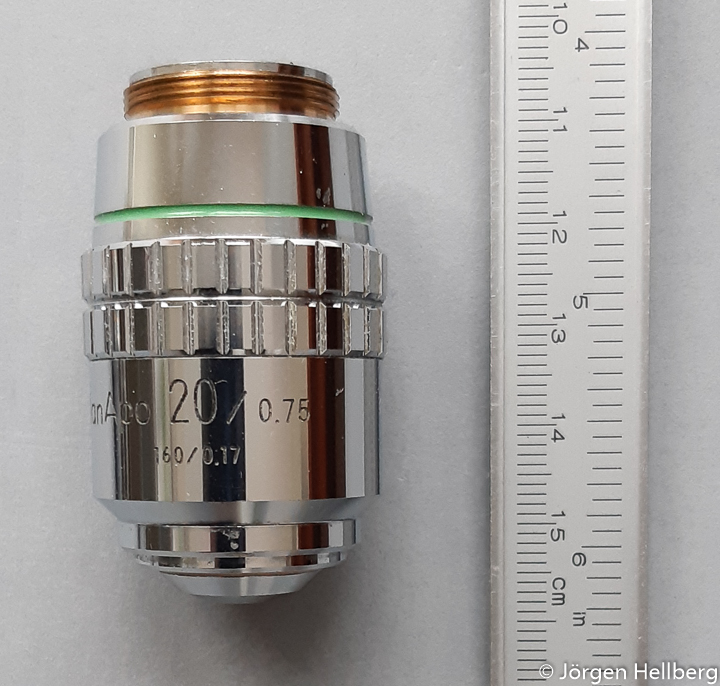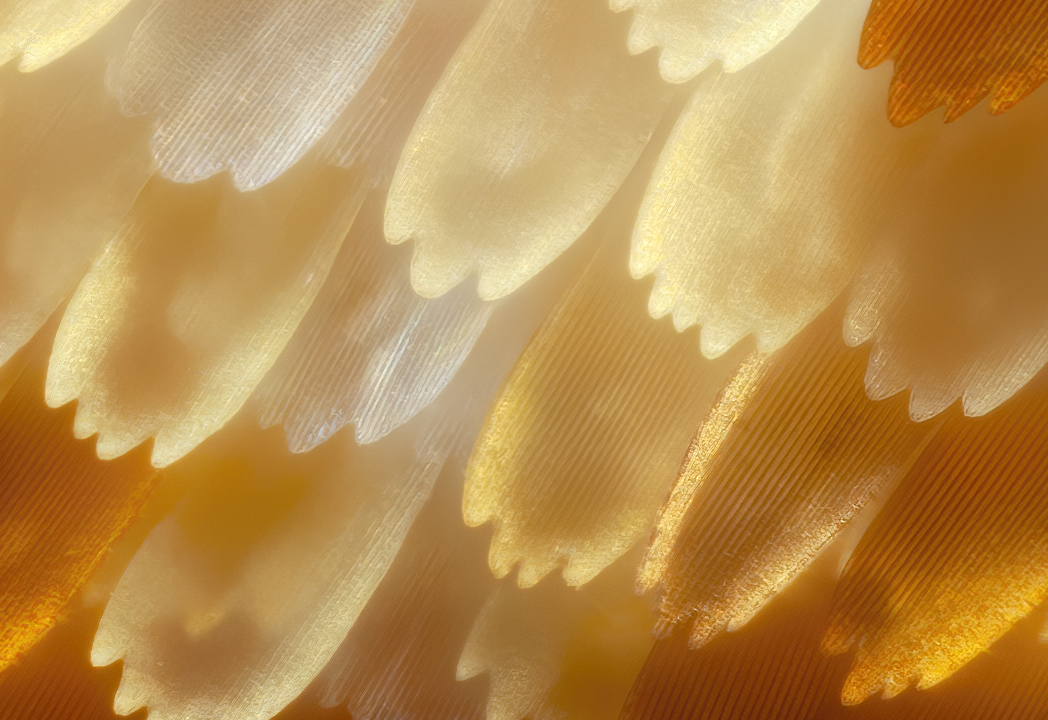Compensating variation an old trick – and another Cross eyed stereo


This is a Nikon microscope plan apo 20x, NA 0.75, 160mm objective. The working distance is quite short 0.64 mm according to a Nikon brochure. This lens is not intended to be used without a coverslip.
If you use a high NA objective without a coverslip the picture does not form correctly. But what do you do if this is the objective you have and you need to take a photo of something without a coverslip? There is an old trick that can be used to handle different cover glass thickness – compensating variation. If you increase the distance between the camera sensor and the shoulder of the microscope lens, you can compensate for a thinner cover glass.

Here is a picture of a small piece of dust. Upper left no adjustment of the tube length. Then pictures that shows 3, 4 and 5 cm extra tube length. In this case it seems like approximately 4 cm extra tube length can be used to compensate for the lack of a coverslip.
The proof of concept is this crossed eyed stereo. Link to more crossed eyed stereo pictures.

This is an ok but not a perfect sollution, the lens is draged far away from what it was designed to do. Here is a corner and a mid picture at 100%. This was direct projection on a FF sensor. I have done some WB, deleted noice and dust, and done some sharpeing.

